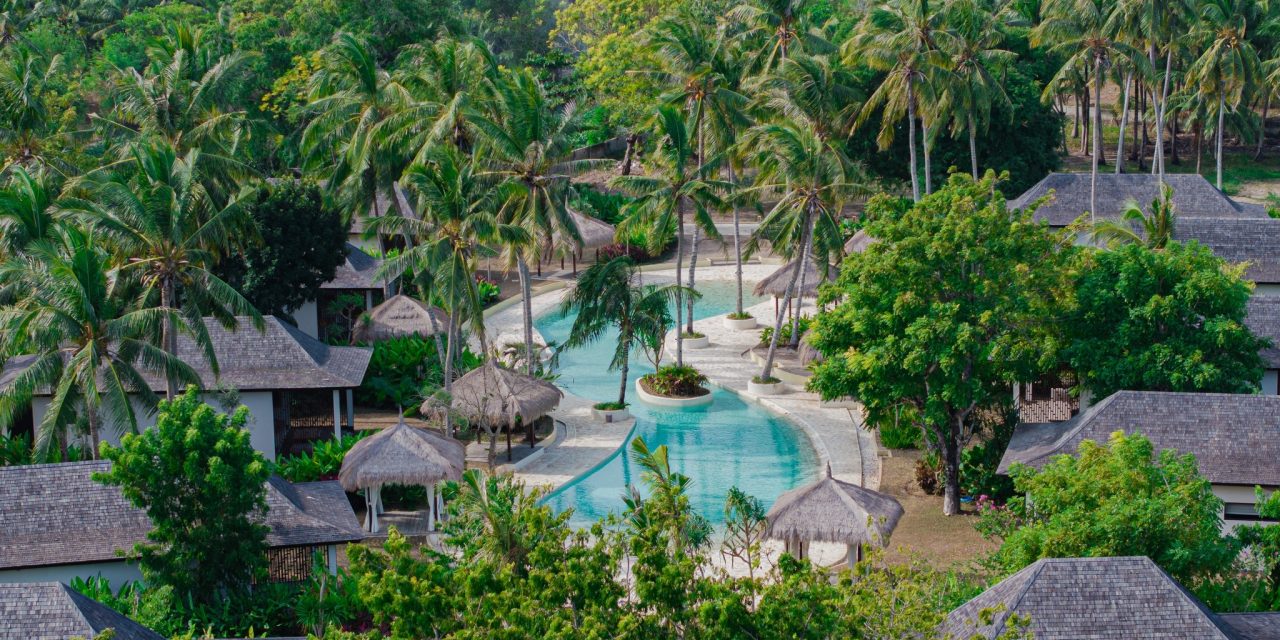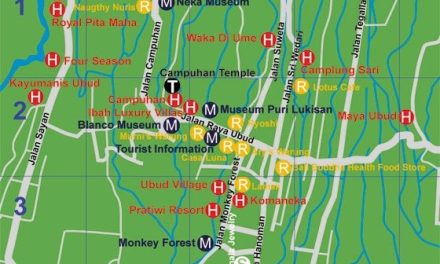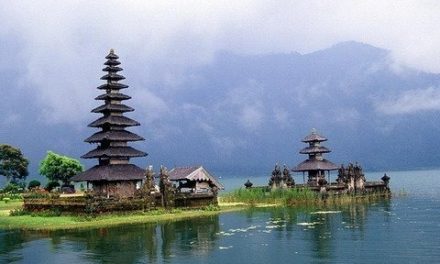Ah, Bali – the Island of the Gods! Known for its stunning landscapes, vibrant culture, and yes, diving paradise. When I first visited Bali, I was captivated by the crystal-clear waters and the rich marine life. However, like most beginners, I was overwhelmed when it came to choosing diving sites. There are so many options! Over the years, I’ve learned a thing or two about how to navigate this underwater wonderland. So, let’s dive in (pun intended) and explore how to choose the best diving sites in Bali.
Understand Your Experience Level
First and foremost, assess your experience level. Are you a beginner, intermediate, or advanced diver? Bali has something for everyone, but diving in the wrong spot can be daunting or even dangerous.
For Beginners
If you’re just starting, consider sites like Tanjung Benoa or Amed. I remember my first dive in Tanjung Benoa. The water was calm, the corals vibrant, and my instructor was incredibly patient with my nervousness. The shallow waters and excellent visibility made it the perfect spot to get comfortable with my gear and the underwater world.
For Intermediate Divers
Intermediate divers might enjoy Tulamben, particularly famous for the USAT Liberty wreck. The blend of wreck exploration and stunning marine life is exhilarating, and you get to experience a slice of Bali’s history! I can still recall the thrill I felt while navigating through the wreck, surrounded by schools of colorful fish and curious turtles.
For Advanced Divers
If you’re experienced and looking for some adventure, look no further than the Nusa Penida area. Sites like Manta Point and Crystal Bay are often highlighted for their stunning dive experiences. Just be prepared for strong currents! I once joined a dive tour to Manta Point, and the moment I saw those majestic creatures gliding effortlessly through the water, it took my breath away.
Research Dive Conditions
Bali’s weather can vary, which affects diving conditions. It’s essential to research sea conditions, visibility, and any seasonal wildlife you might want to see.
Best Dive Seasons
Typically, the best diving conditions in Bali are from April to November. This is when the water is clearest and the marine life most abundant. However, during my dive in the off-season, I spotted a rare mandarin fish at Amed, so sometimes, you can get lucky!
Check Site Conditions
Always check dive reports before heading out. Local dive shops often have updated information about current conditions. I once showed up at a dive shop in Padang Bai only to find out that visibility was terrible that day. Instead, the staff suggested a nearby site that turned out to be serene and beautiful.
Choose Your Dive Shop Wisely
Your choice of dive shop can significantly enhance or hinder your diving experience in Bali. Look for shops that are PADI or SSI certified and have good reviews online.
Ask About Safety Measures
Safety always comes first. When I inquired about safety procedures at a dive shop in Seminyak, they walked me through their emergency protocols and equipment maintenance. This gave me peace of mind – you want to feel safe and supported before you dive in!
Quality of Instructors
Your instructor can make all the difference. I remember diving in Padang Bai with a small group, and our instructor, Wayan, was not only knowledgeable but also fun! His enthusiasm made the day unforgettable.
Consider What You Want to See
Are there specific marine species you’re interested in? Bali is famous for its diverse underwater life, from vibrant coral reefs to awe-inspiring shipwrecks.
Specific Interests
If you want to see manta rays, head to Manta Point. Interested in night diving? Amed is known for its fantastic night dives, where you can see bioluminescent plankton! I’ll never forget my first night dive; the ocean transformed into a magical, glowing landscape.
Photography Opportunities
For underwater photographers, sites like Nusa Lembongan offer breathtaking coral gardens and abundant marine life. I was fortunate enough to capture stunning photos of clownfish nestled in anemones during my dives there, and they are some of my favorite travel memories.
Connect with the Local Diving Community
Bali boasts a thriving diving community. Engaging with fellow divers can lead to fantastic recommendations and local insights.
Join Diving Forums or Social Media Groups
Joining online forums or local Facebook groups can open up a treasure trove of information on lesser-known dive sites or hidden gems. One day, while browsing a diving group, I read about a little-known site called Secret Bay, famous for macro photography, and it became one of my most memorable dives.
Final Thoughts
Choosing diving sites in Bali can be a delightful adventure in itself. Take your time to research, understand the conditions, and connect with the local diving community. Whether you’re a beginner taking your first plunge or an advanced diver seeking thrills, Bali has something special waiting for you beneath its azure waters. So, grab your gear and get ready to explore the wonders of Bali’s underwater world. I promise, each dive will leave you with stories that you’ll cherish forever. Happy diving!






